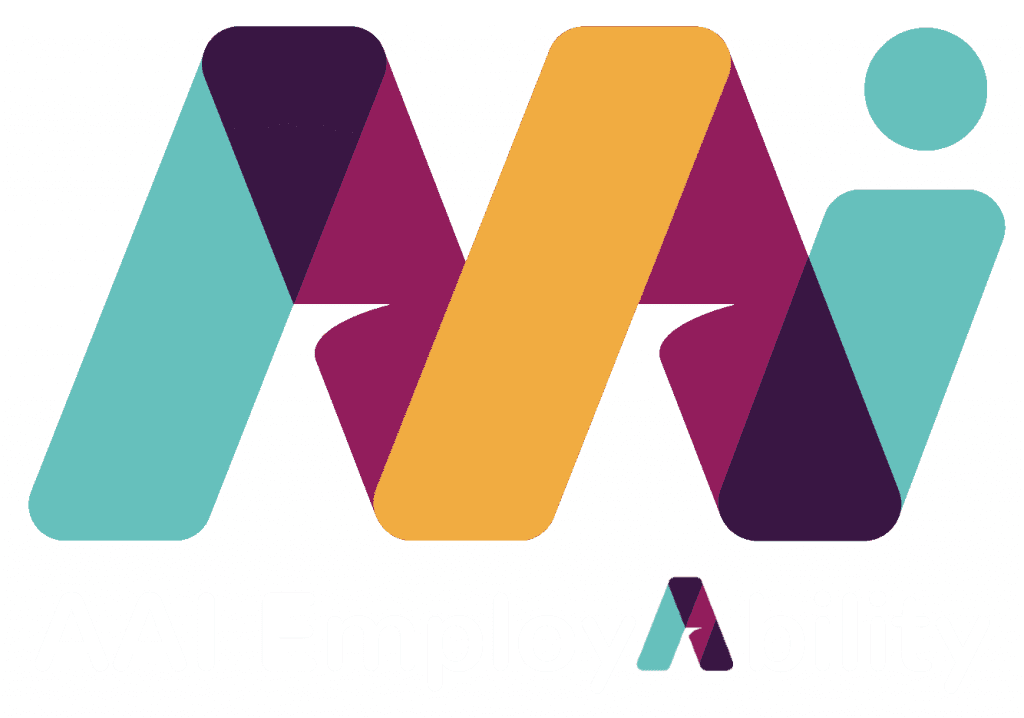The world is adjusting to our developing new reality and something that is very important to AAI, and all businesses, is the state of employment throughout the pandemic.
Many businesses have already acted, but we know of many others in the entrepreneurial ecosystem that are understandably worried about their growth strategies and employment plans, and appear unsure of their current options.
Government support for businesses continues to evolve and we’ve been absorbing this ongoing conversation. Below, we highlight some other aspects of furloughing that we understand are causing concern.
Why Furlough?
The Job Retention Scheme can be used to support any employee that was on payroll on 19 March 2020. Full details of eligibility and FAQs from the CIPD can be found HERE.
Placing staff on furlough certainly shouldn’t be seen as a sign of weakness. If staff are currently unable to function and contribute properly in their role, they should probably be furloughed.
Importantly, by not embracing this support, startups are not only potentially taking an unnecessary hit to their company’s financial future, but also may be causing staff undue stress as they struggle to recalibrate their role within the company, and worry about being able to contribute to the success of the business.
Sensitivity.
For many, this will be a sensitive conversation to have with employees, especially when there is a small, close team. While it’s important to communicate factually and clearly, be empathetic too; listening to their concerns, and being open, transparent and available is key to this discussion.
Employees who earn much more than £2500 p/m may be reluctant to be furloughed, and many will feel a responsibility to keep working against their employer’s wishes – all of which has to be handled sensitively. Topping up furlough is an option and we have heard of many heart-warming stories where staff are more than happy to take a percentage drop in return for peace-of-mind at having a job to come back to.
ACAS has drafted email templates to help with the formal furlough document. Search for others that may suit your culture better.
Key to this discussion is prioritising ‘transparency’ and keeping the door open for more conversations as things develop. Think ‘checking in’ rather than ‘checking up’.
Brand Perception.
Many businesses may be worried about how furloughing staff may look from the outside. It is solely their decision whether or not to tell the world, and this conversation will be different depending on what stage a business is at.
Speaking openly to employees as well as board members, about how to manage this strategic business decision has given the best results for most employers we’ve spoken to.
Some businesses may want to keep this quiet.
Others will see it as a badge of honour.
Neither is wrong.
Staff on furlough.
Furloughed staff cannot work for their employer on any revenue-generating activity. A formal furlough letter should mention plans to stay in touch and their commitment to monitor correspondence from the employer.
We understand that they could be invited to online company gatherings, and included in news and updates so they know they are still a valued part of the team.
Obviously, this is another sensitive conversation to have. Nobody should feel that they are expected to monitor the business’s efforts during this time, but many will be looking for a sense of daily ritual and professional purpose and this needs to be handled.
An interesting approach we’ve heard is team members taking 3-week furloughs with a one-week handover before another goes off work – a timetabled approach to work and time off. This may bring a sense of balance and purpose to staff and shared workloads.
Outside of the business, employees are free to volunteer on any other projects.
Doing the right thing.
One of the challenges that many may face with furlough is the fast-paced, competitive nature of being a startup. Many will worry that if they stop trading they may struggle to regain traction, which could result in redundancies further down the line. This is undoubtedly a tough environment to make such consequential decisions.
No-one knows how long this current situation will last, or what the world will look like on the other side. At this time, it is the employer’s responsibility to do the right thing for the longevity of their business and the well-being of their employees.
Employers need to think carefully about the responsibility they have to the people in their circle in this time of need. There may be people who were on the payroll on 19 March but have left the company and are now struggling to find work. An employer can take them back and put them on furlough (no matter what the reason for their departure). There is no obligation for an employer to agree to this and it’s not risk-free but it’s worth giving thought to.
Could you be supporting your team and former staff more in this uncertain time?
Pride, ego and pre-COVID plans should not enter into decisions at this time.
History will remember the good guys.
Useful links:
Business support during COVID-19 from GOV.UK
Full info and FAQs on furlough from CIPD
We’ve found Ignition Financial’s website very useful for financial and legal advice for Founders.
For recruitment support use Contact Form HERE to get in touch!


